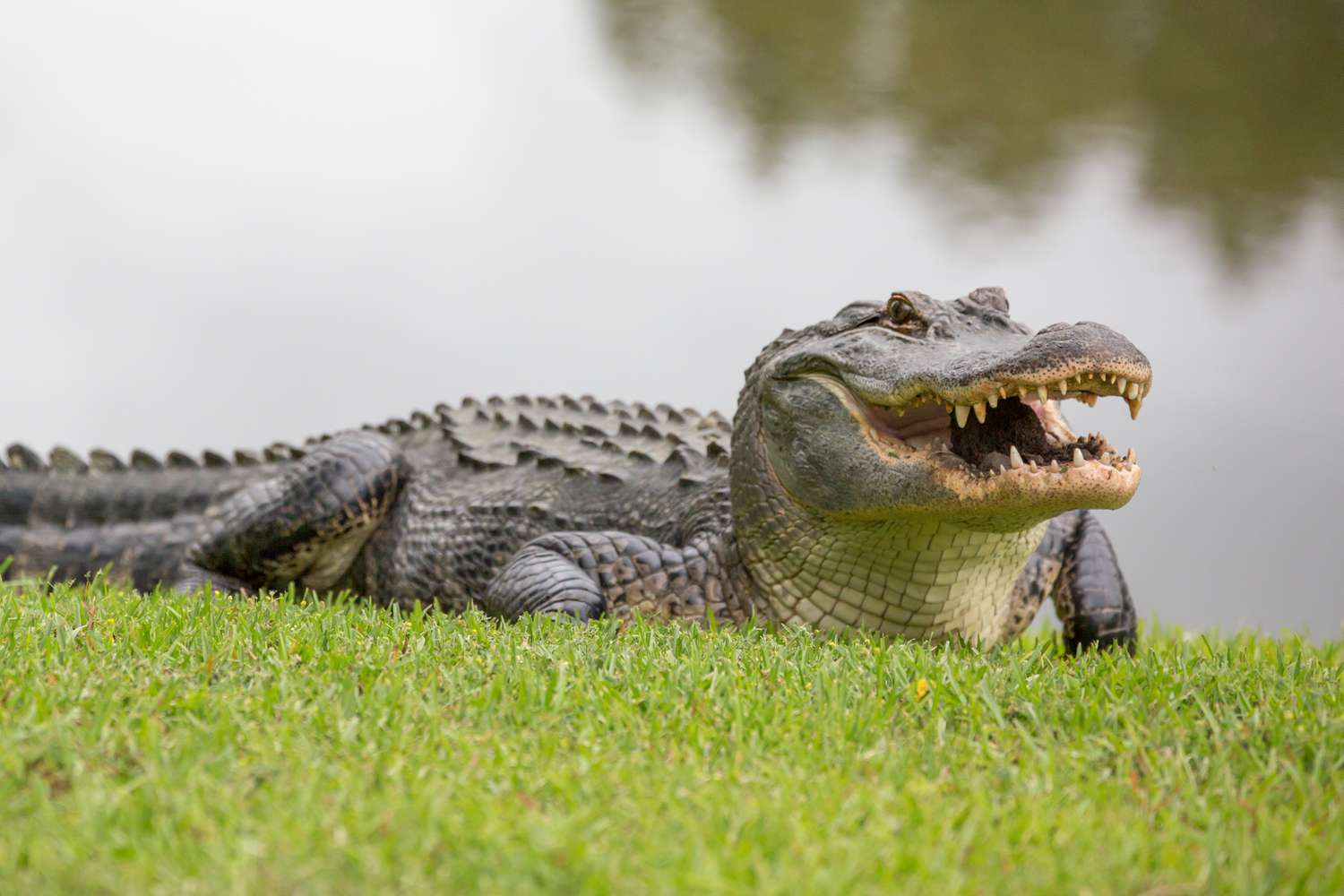A remarkable story of survival, five individuals — a child and three women — were rescued after enduring 36 terrifying hours stranded in an alligator-infested swamp in the Bolivian Amazon after a plane crash. The one-engine plane carrying passengers from Baures to Trinidad crash-landed in a desolate marshland in mid-air. Stranded in the risky marshes, the group survived threats from wild animals, thirst, and uncertainty, awaiting rescue. Miraculously, all were discovered in “excellent condition” and transported to a nearby hospital for observation.
The 29-year-old pilot, Andres Velarde, described in a hospital bed interview how the ordeal was played out. Upon observing that he was suddenly losing altitude, he tried to find a clear spot to set down but settled for a swamp beside a lagoon instead. The plane overturned when it landed, leaving passengers clinging to its upturned hull, with dense jungle and deadly animals all around them. “Alligators came within three meters of us,” Velarde explained. “At one point, we saw an anaconda slithering through the water.” The survivors believe that leaking kerosene from the aircraft might have helped deter the predators.
Despite the terrifying environment, the group managed to maintain hope and survive by eating cassava flour, which one of the passengers had brought along for the trip. Without clean drinking water and unable to leave because of the threat posed by alligators, they stayed where they were, vigilant and hoping for a miracle. The miracle arrived in the shape of local fishermen who had spotted the crash location and promptly called the authorities. Emergency workers had responded quickly and took the survivors to safety.
The Beni region, where the crash took place, is infamous for its bad road conditions, and small air taxis are a popular mode of transport for locals. But this latest accident has renewed debate about air travel safety in remote regions. Authorities commended the pilot’s swift thinking and attributed the passengers’ calmness and cooperation to what could have otherwise been a disaster. The tale is a haunting but inspiring testament to human resilience in the presence of nature’s most formidable challenges.









